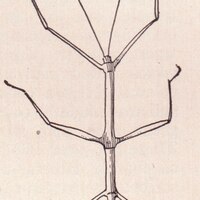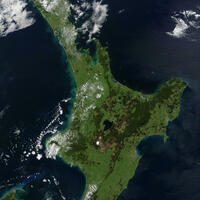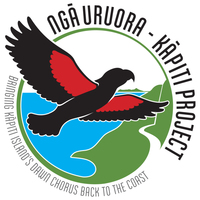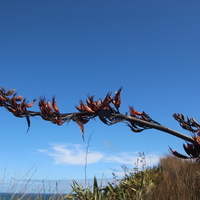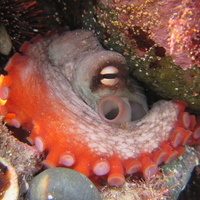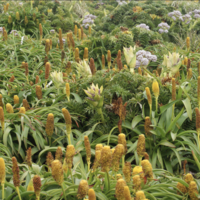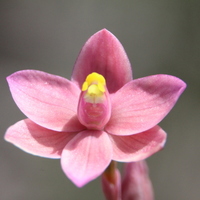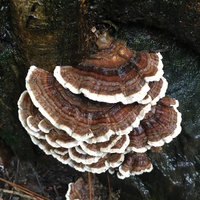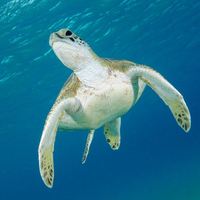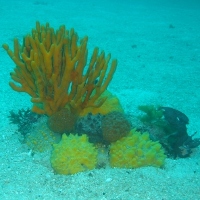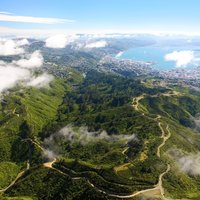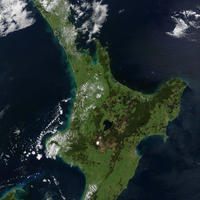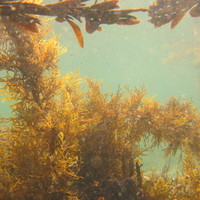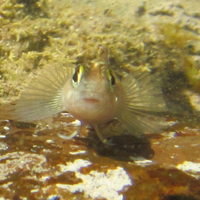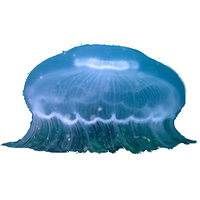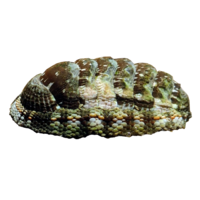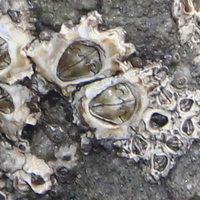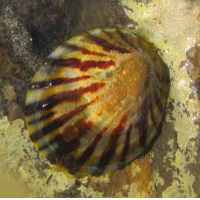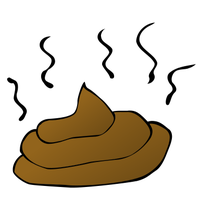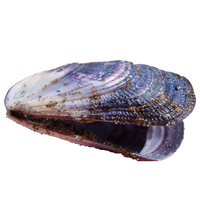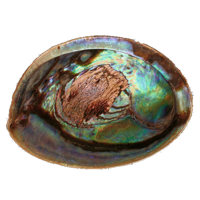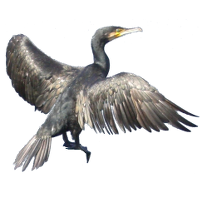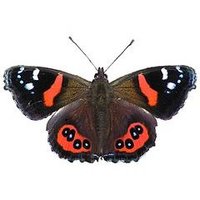Welcome to iNaturalist NZ Guides!
Guides help you learn about biodiversity all around the world. Whether you're exploring the Serengeti or just your local park (which might be the Serengeti), Guides can help you make sense of our planet's stunning diversity of life.
Weeds of Oakley Creek, New Zealand
Some of the most common weeds on our hitlist
Te Miro Scenic Reserve, Waikato, New Zealand
Plant inventory compiled by the stated observer(s) and been provided to NZPCN for public use in good faith. SITE NAME: Te Miro SR (Q888) LIST NAME: Waikato SR reports SOURCE/OBSERVER: Waikato SR reports RM Irving & M Shinner NUMBER OF OBSERVATIONS: 93 DISTRICT: Waipa District DATE: 01/0...
New Zealand Stick Insects (Phasmatodea)
A pictorial guide to help assist in New Zealand stick insects identification. Be mindful that although some species may look similar, there are differences in their location and egg morphology. Some are only found in certain localities. Another good place to have a look: https://www.landcarer...
Macro-Moths of New Zealand's Kauri Kingdom
This guide aims to illustrate the diverse range of macro-moths recorded from New Zealand's upper North Island
Ngā Uruora - Kāpiti Project
All observations collected on the Paekākāriki escarpment and the surrounding area.
Octopus of New Zealand
Click on the main body colour of the octopus you are trying to identify then go to that page for further information. This is for the first two listed as they cause the most confusion.
Plants of New Zealand's Subantarctic Islands
The New Zealand Subantarctic Islands comprise the five southernmost groups of the New Zealand outlying islands. They include Snares Islands (Tini Heke), Bounty Islands, Antipodes Islands, Auckland Islands, and Campbell Island.
Turtles and Tortoises of New Zealand
Sponges Of New Zealand
Showcasing sponges found around New Zealand. The pages are sorted from very common to rare. The names with * are found in the intertidal zone.
21.06.2017 Mana college's guide to Flora and Fauna of ZEALANDIA
List of species observed by Mana College at ZEALANDIA on the 21st of June.
I.D. Guide to Micro-Moths of NZ's Kauri Kingdom
This guide aims to identify the diverse range of micro-moths recorded from New Zealand's upper North Island. To identify a particular species select key characteristics from the menu on the left. Adding more features narrows the search. Alternatively, if you're sure of its taxonomic category th...
Using NatureWatch in Schools
"Why don't you use NatureWatch?" they said. "It'll be fun!" they said. "Kids always behave better when they can get outside," they said. "Everyone will learn something, even you," they said. So you learnt that when you sent 30 kids outside with the class iPads to photograph animals and plan...
Brown Algae Seaweeds of New Zealand
A pictorial guide showcasing the common brown seaweeds found around the coast of New Zealand
Tricky Triplefins of NZ
Triplefins abound in the intertidal zone so this is a pictorial guide that showcases the different species that we have.
Jellyfish of New Zealand
Jellyfish and relatives found around New Zealand's coasts.
Chitons of New Zealand
Chitons in NZ and its EEZ, based on www.molluscs.otago.ac.nz/poly.html. See www.ucd.ie/cobid/chitons/glossary.html for diagrams.
Beach Barnacles Of New Zealand
A guide to the barnacles found around the rocks of New Zealand beaches as well as information on which part of the intertidal they are found.
Lovely Limpets of NZ
This guide showcases the limpets that are found around the intertidal zone of New Zealand.
Intertidal Zone - Rockpool Life NZ
This guide contains what is often found in the rockpools and crevices exposed after the high tide including crabs, shellfish, starfish, fish, seaweeds, chitons, limpets and other creatures.
Getting Good Photos For Identification
There are many plants and creatures that need photos of certain parts to help with ID. So to avoid the dissapointment of not being able to get an id for that amazing plant or creature you found because you did not photograph the correct part, follow this guide to get the photos you need :) I...
Scatology for New Zealand
Examples of animal scat (including poo and regurgitated pellets) to help identify what species has 'passed' this way. A good resource: http://www.pestdetective.org.nz/clues/droppings/
Birds of Polhill Reserve
Polhill Reserve is a number of regenerating bush reserves within the halo around Zealandia - Karori Sanctuary.
Mussels of New Zealand
The various shell fish found in the wild around New Zealand which are know as "mussels".
Shags and Cormorants of New Zealand
A guide to the shag species (also known as cormorants) found in New Zealand. One third of the cormorant species known worldwide, are found in New Zealand..
Butterflies of New Zealand
Butterflies native and introduced, found in the wild in New Zealand. Note: the classifications of NZ copper butterflies is currently being revised, and the old names here may no longer be relevant.

